HIGH TECH HIGH NATURE: How families can use electronics to explore the outdoors
Young citizen naturalists are bound to have a different attitude about technology than many older people do—and for them, that could be an advantage.
A few years ago, in longer form, I told this story: Jim, a friend, told me about taking his 4-year-old grandson, Elijah, on a walk through a nature preserve and collecting pond samples “to look at, under the very cool microscope I got him. It hooks up to my computer and lets us both see the images on screen and record stills or movies.” Jim and Elijah also took a digital camera on their walk.
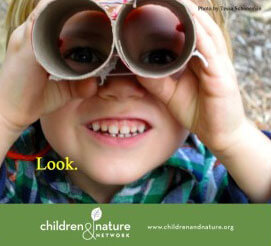 “So I have pics of the outing, pics of him setting up the microscope and then a video of what he actually saw — paramecium and all — when he looked through the microscope. Earlier he’d told his grandmother that we wouldn’t necessarily retrieve a paramecium in our sample. At age 4!”
“So I have pics of the outing, pics of him setting up the microscope and then a video of what he actually saw — paramecium and all — when he looked through the microscope. Earlier he’d told his grandmother that we wouldn’t necessarily retrieve a paramecium in our sample. At age 4!”
The truth is we’ve always used technology to get outside. A fishing rod is technology. So is a backpack. So are binoculars and a compass.
Children and families still use traditional gear. But increasingly, “High Tech High Nature” families grab newer inventions on their way out the door. For example, they go geo-caching or wildlife photographing with their digital cameras, or collect pond samples — with camera-loving paramecia.
“It is possible, even likely, that a new generation of techno-naturalists will document their outdoor experiences not with paper and pen but with electronic data, digital images and video, creating new communities of action and meaning,” Janis Dickinson said. She’s the director of Citizen Science at the Cornell Lab of Ornithology, which offers the Celebrate Urban Birds project, in Spanish and English.
Participants in the project are encouraged to garden, create nature-related art, observe neighborhood birds and send the data to scientists at the Cornell Lab.
Dickinson adds, “It is our overriding belief that spending real time in real nature, with its rhythms, sights, smells and sounds, may be facilitated with technology but cannot be fabricated!”
Tech happens. The trick is to use technology in a way that doesn’t block the senses.
Scientists who study how people perceive the world say that humans have, conservatively, 10 senses, and as many as 30. In a virtual environment, most of those senses never fully develop. Given the fact that high-tech isn’t going anywhere, the most practical approach is to make the most of both the virtual and the real world.
In The Nature Principle, I suggest that today’s children can develop what I call “hybrid minds.” That means maximizing the benefits of electronics (at an appropriate age) while nurturing the full use of the senses through frequent experiences in the natural world.
In a previous Children & Nature Network blog post, David FitzSimmons, a photographer and author of the children’s book Curious Critters, wrote that digital photography outdoors is one way to do that: “The two pursuits—one technological, the other natural—fuse together two different intelligences, forming a hybrid way of thinking.”
FitzSimmons, who conducts digital photography workshops at elementary schools, quotes a 5th grader: “[Nature] feels like a gift. It is like a big piece of Earth, and it changes every day. So I could take pictures of something every day, and it would change every day. So it won’t get boring.”
Parents need nature, too. My sons and I used to spend many hours fishing, and we still do, sometimes. Now that they’re grown, I spend more time carrying a camera than a fishing rod.
Ever watch a three-year-old on a walk outdoors? Go. Stop. Bend down. Pick up a rock, examine it, put it in a pocket, move on – until a twig is discovered. That’s me on a hike with a camera. The camera helps me slow down and look more intently than I normally would. And later, I can enjoy the experience all over again.
Then there’s the case of the mysterious eye. One evening, as I’ve written before, I was sitting at my computer after a hike, reviewing photos of rock patterns and tree bark. I was startled by something I had not seen when I took the picture. Hidden in the bark was an eye, looking back at me. I’m still not sure what that eye is, or if it’s just a pattern in the bark. The puzzle added to the experience. When I asked readers what they saw in the photo, one young boy said the answer was a no-brainer. “It’s a dragon’s eye.”
So how do we make sure that nature’s the point, not the gadget? Here’s a litmus test.
The worth of any nature-oriented getaway gadget can be measured by how long it takes to become unaware of it, how soon we feel free to look away or through the technology, to use our own eyes and ears and all our other senses.
To buffer our families from tech-excess, we also need to take frequent techno-breaks, leaving all electronic gadgets behind when exploring the natural world. Unplugging for a day, a week, or even more gives children and adults a chance to let their senses expand. And some families limit technology to the bare minimum, especially outdoors.
Electronic technology can interrupt our lives, distract us and devalue our ability to feel and be fully human. But used wisely, high tech can open us up to high nature. As Jim and Elijah found, there’s something to be said for being a young techno-naturalist. Or an old one.
-
Network News
POLICY UPDATE: Policy and advocacy for the children and nature movement
-
Voices
Binoculars, bald eagles and my journey as a Black birder
-
Richard Louv
THE WONDER BOWL: Ten Spring and Summer Nature Activities for Kids and Adults
-
Network News
Minneapolis Spotlight: The promise and possibilities of parks for youth
-
Voices
Why nature is my motherhood ally


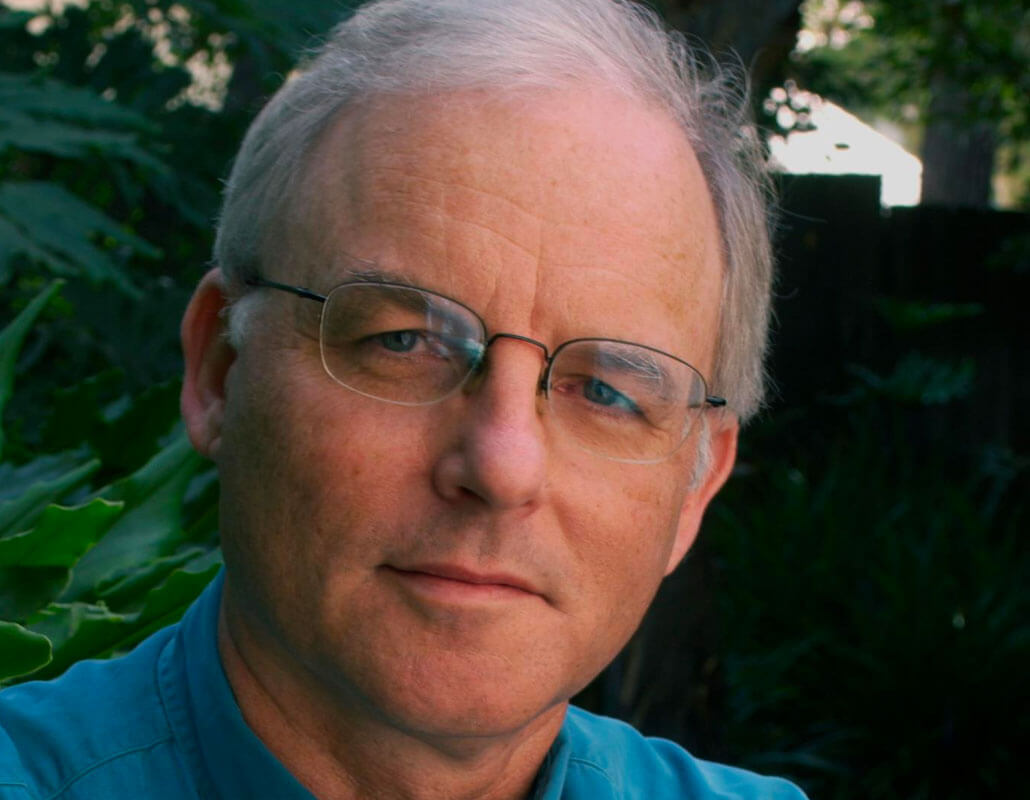
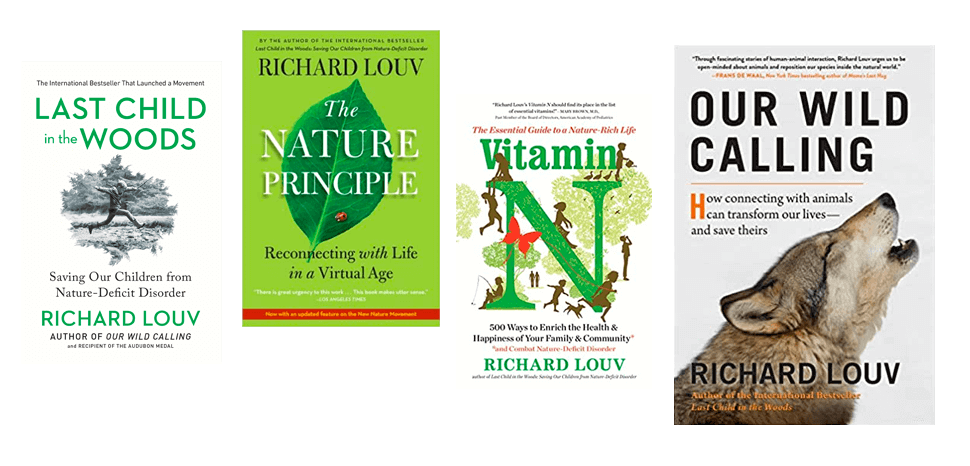
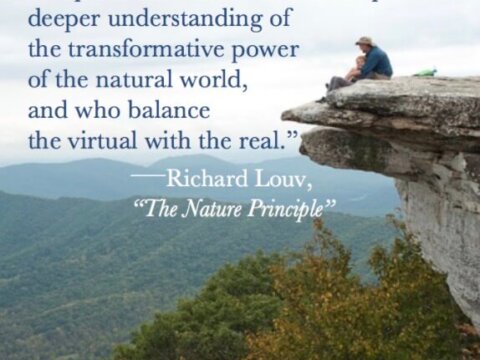
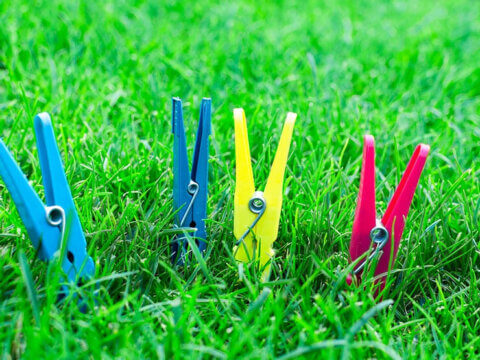
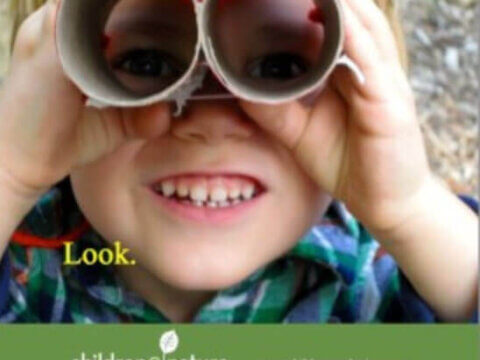
Commentaries on the C&NN website are offered to share diverse points-of-view from the global children and nature movement and to encourage new thinking and debate. The views and opinions expressed are those of the author(s) and do not necessarily reflect the position of C&NN. C&NN does not officially endorse every statement, report or product mentioned.